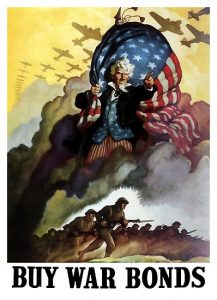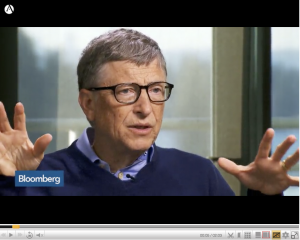Dr. Seuss Political Cartoons

Most of us know Dr. Seuss for his iconic children’s books, from The Cat in the Hatto Green Eggs and Ham, but during the World War II era Theodor Seuss Geisel was known for his political cartoons, like this one of “foreign children” being eaten in a children’s book that is being read by a woman wearing an America First turtleneck. In cartoons such as this, Dr. Seuss critiqued American isolationism during WWII and the country’s initial failure to see the humanity in the “foreign children” being killed by “Adolf the wolf.” Dr. Seuss took on many political and social topics, from anti-isolationism, to racial equality, anti-authoritarianism, anti-materialism, and environmentalism. However, his views greatly varied over his career, especially regarding his attitude towards the Japanese. Dr. Seuss was not alone in his xenophobic perceptions of the Japanese, but rather aligned with greater American society, making his political cartoons a perfect way to understand Americans’ views of others during World War II.
War Propaganda

During World War II the United States issued war bonds as a way to remove money from circulation as well as reduce inflation. Issued by the U.S. Government, they were first called Defense Bonds. The name was changed to War Bonds after the Japanese attack on Pearl Harbor, December 7, 1941. An emotional appeal went out to citizens by means of advertising. Even though the bonds offered a rate of return below the market value, it represented a moral and financial stake in the war effort. The advertisements started with radio and newspapers, then later added magazines to reach the masses. The bond campaign was unique in that both the government, as well as private companies, created the advertisements. This specific poster was designed to instill in the people a positive outlook, a sense of patriotism and confidence. They linked the war in the trenches with the war at home. However, there were many used to encourage all Americans to help with the war effort. The posters called upon every man, woman, and child to endure the personal sacrifice and domestic adjustments to further the national agenda. They encourage rationing, conservation and sacrifice. In addition, the posters were used for recruitment, productivity, and motivation as well as for financing the war effort. The posters played to the fears, frustrations, and faith in freedoms that lingered in people’s minds during the war.
How to Narrow the Gap of Inequality

Video: https://search.alexanderstreet.com/view/work/bibliographic_entity%7Cvideo_work%7C3904323
Bill Gates discusses how to narrow the wealth gap within the United States and compares it to poorer countries that have had success with increasing their wealth growth across all levels of income. He stresses the need for progressive taxation and higher taxes for a country that accrues high levels of wealth. He also is a supporter of equal opportunity in the United States and uses the example of inner-city schools where some have more funding than others which opens up more opportunities for those students. The growing wealth disparity within the United States is hindering the opportunities for less fortunate people and their children. The lack of equality in the education system further promotes inequality once these children graduate.
